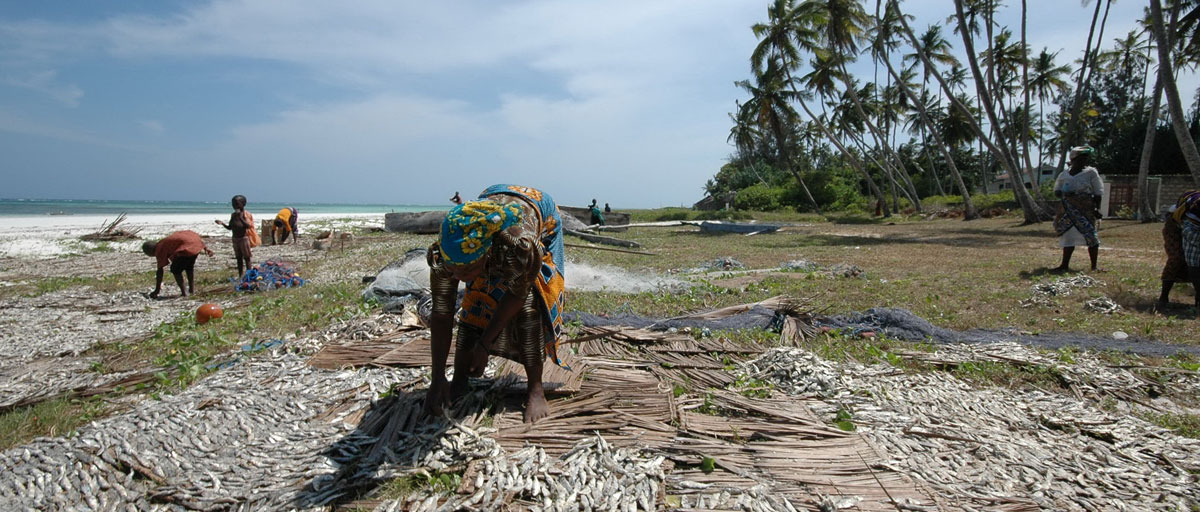Standfirst
Why resilience and wellbeing don’t always go hand-in-hand

After the 2004 Asian tsunami new legislation in India and Sri Lanka prevented homes and businesses being rebuilt close to the coast. This forced people who depended on the sea to move to isolated villages inland, undermining wellbeing in diverse ways. Photo: C. Schillinger/FlickrPhoto: C. SchillingerFlickr
A too simplistic understanding of the two can leave the poorest and most marginalised people suffering
- Wellbeing and resilience both feature heavily in policy targets
- But assuming that the two automatically go together can have devastating consequences
- A more inclusive interpretation of the concepts can lead to better outcomes for people and the planet
NEVER ASSUME: Wellbeing and resilience to environmental changes are key goals of sustainable development, and they are often seen as linked or even interchangeable terms.
But a new paper, published in Nature Sustainability warns the two don't always go hand in hand.
Take the 2004 Asian tsunami as an example. New legislation in India and Sri Lanka prevented homes and businesses being rebuilt close to the coast in order to create buffer zones and build resilience to future tsunamis.
This forced people who depended on the sea for economic, cultural and social reasons to move to isolated villages inland, undermining wellbeing in diverse ways.
If these trade-offs had been thought through more thoroughly, then measures to ameliorate them could have been implemented alongside them.
Wellbeing and resilience feature heavily in policy targets. Assuming that the two automatically go together is not helpful. When this mistake is made, it is often the poorest and most marginalised people who suffer.
Tomas Chaigneau, lead author

Vital distinctions
Together with his co-authors, which includes centre researchers Tim Daw and Belinda Reyers, he wants to highlight the vital distinctions and connections between wellbeing and resilience ahead of the COP26 UN climate change conference so that policies can be better designed and ensure that addressing the climate crisis does not harm people’s wellbeing and livelihoods.
Responding to extremes in hot or cold temperature changes linked to climate change through air conditioning or central heating, for example, might improve human wellbeing and may even enhance our household resilience to such environmental and climatic changes, but in the long term, it can exacerbate climate change and won’t be good for either.
"A narrow focus on achieving resilience and wellbeing locally and in the near future, can lead to trade-offs elsewhere or in the future. We need to consider resilience and wellbeing at regional and global levels, and on timescales spanning generations," Tim Daw adds.
A website developed in relation to the scientific work provides an opportunity to explore some of these complex trade-offs.
Chaigneau, T., Coulthard, S., Daw, T.M. et al. 2021. Reconciling well-being and resilience for sustainable development. Nat Sustain (2021). https://doi.org/10.1038/s41893-021-00790-8








